Pros
Cons
Product Tour
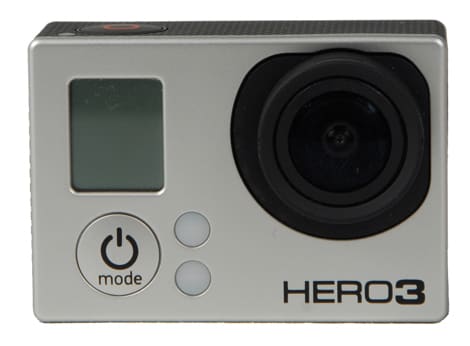
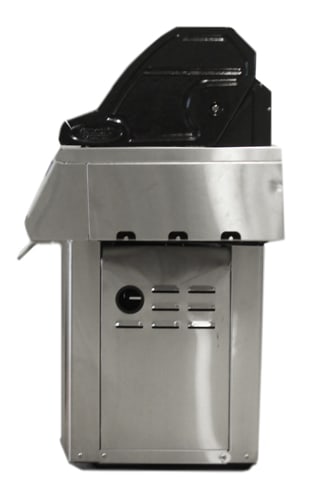
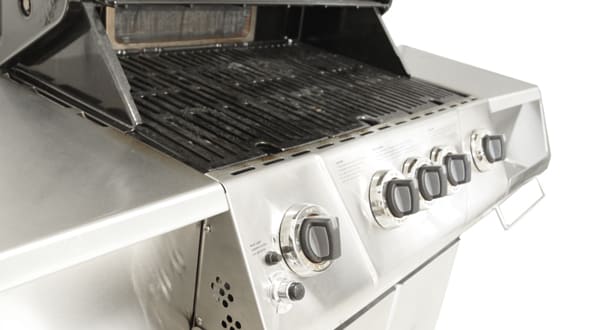
Controls
{{section_header}}{{section.name}}{{/section_header}}
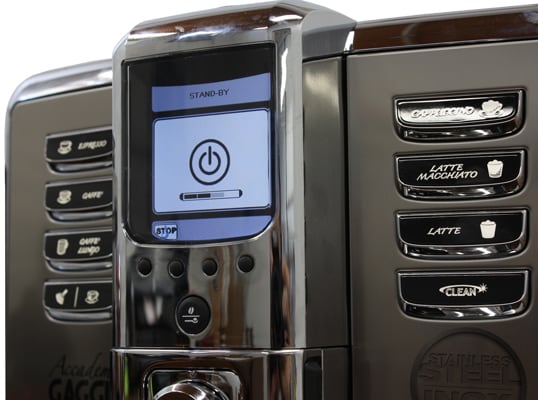
Main Grilling Area
{{section_header}}{{section.name}}{{/section_header}}
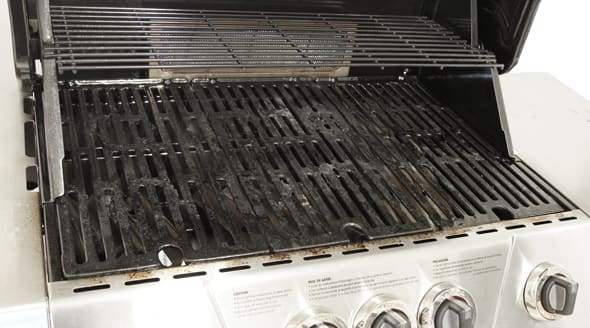
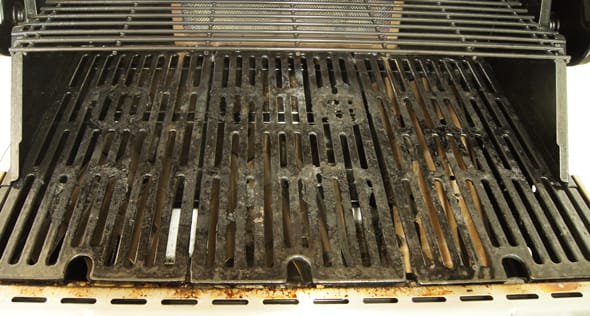
Warming Area
{{section_header}}{{section.name}}{{/section_header}}
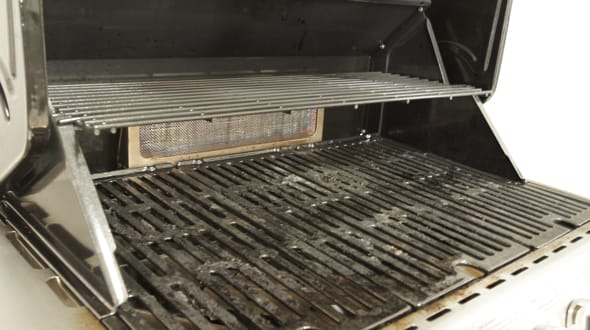
Side Areas
{{section_header}}{{section.name}}{{/section_header}}

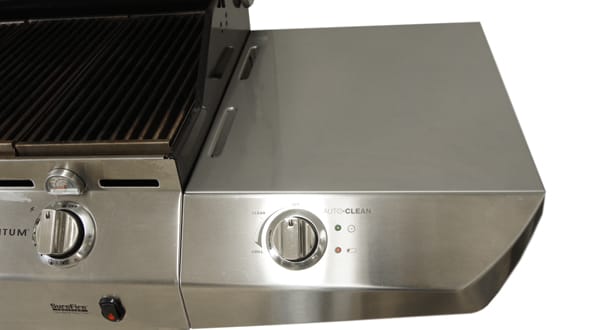
Thermometer
{{section_header}}{{section.name}}{{/section_header}}

Heatup Time
{{section_header}}{{section.name}}{{/section_header}}
The {{product.name}} was not particularly fast to heat up: we timed it as taking 7 minutes and 12 seconds to reach our low fire target temperature (325°F) and a lengthy 25 minutes and 5 seconds to reach our high fire target temp of 625°F. That would make for a rather long pre-heating process.
Low Fire Cooking Performance
{{section_header}}{{section.name}}{{/section_header}}
We test the cooking performance of grills by cooking a number of meat patties for 5 minutes on each side, then measuring the temperature of the inside of the patty. From this, we can work out how long each patty will take to cook, and score on the speed and consistency of the cooking. This grill had only middling performance: we found that the pattys arranged on the cooking grate took between 12 and half minutes and just over 15 minutes to cook. That's both a long time and a wide spread of times, which means your food will cook slowly and be ready at different times.
{{comparison_bars title="Low Fire Performance", attribute="Low Temp Performance Rating", xLabel="Cooking Performance Score"}}
Low Temperature Uniformity
{{section_header}}{{section.name}}{{/section_header}}
To further explore performance, we look at the uniformity of the temperature across 9 points on the cooking grate, and we found only some small variations from this grill: the temperture was mostly consistent across the large cooking area.
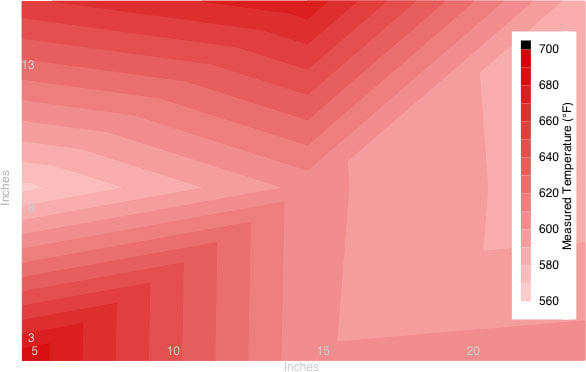
Low Temperature Consistency
{{section_header}}{{section.name}}{{/section_header}}
We also look at how consistent the temperature is over time, and this was also pretty good, with only a few variations in the temperature over time.
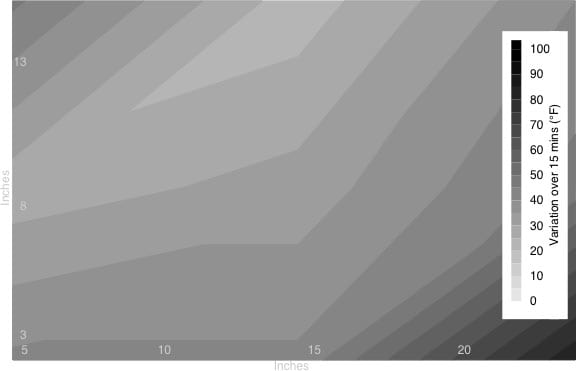
High Fire Cooking Performance
{{section_header}}{{section.name}}{{/section_header}}
When we cranked the grill up to reach about 625°F, we found similarly adequate, but not great performance. At this higher temperature, our test meat pattys were cooked in between just over 8 minutes and just over 10 minutes, which is a rather wide spread of times.
{{comparison_bars title="High Fire Cooking Performance", attribute="High Temp Performance Rating", xLabel="Cooking Performance Score"}}
High Temperature Uniformity
{{section_header}}{{section.name}}{{/section_header}}
We found that when running at our high fire setting, the {{product.name}} produced fairly consistent temperatures across the grilling surface, with only minor variations in the corners.

High Temperature Consistency
{{section_header}}{{section.name}}{{/section_header}}
The temperature did vary a lot over time, though: we saw some quite significant shifts in temperature over the 15 minutes that we test them for.
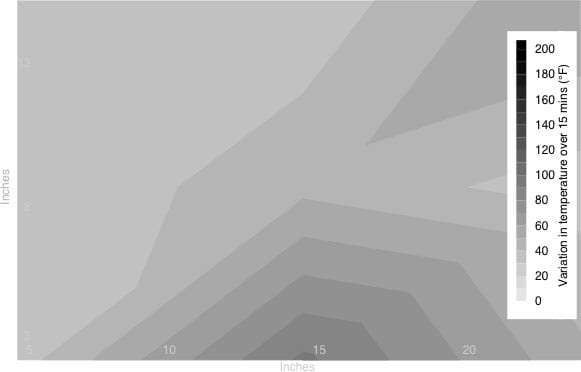
Case & Handle Temperature
{{section_header}}{{section.name}}{{/section_header}}
A good grill cooks your food, but not your fingers when you lift the lid. We check this by measuring the temperature of the handle and the grill lid after the grill has been running for 15 minutes, and also after 1 hour of simulated grilling. We found that the temperature of the grill handle never rose above 100°F, but that the surface of the grill lid is above 300°F. This means that the handle is safe to use, but you should be careful to not touch the surface of the lid.
{{product.manufacturer_specs['']}}Handle Photo 1" />
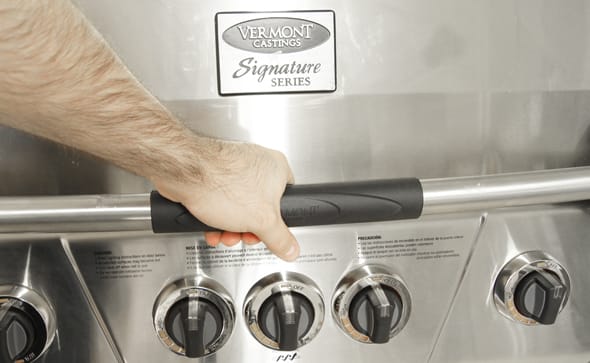
The image below was taken with an infrared camera to show the heat levels of the lid. The numbers at the bottom indicate the temperature scale.

Output & Fuel Life
{{section_header}}{{section.name}}{{/section_header}}
The amount of heat that a grill can output is measured in BTU/Hr, and Kenmore claims that the {{product.name}} can output up to 60,000BTU. However, our measurements put it at 55,872BTU/Hr when running at the high fire setting, significantly less than the quoted number. That's probably because Kenmore lumps in the performance of the side burner into the total output. We also measure the BTU/Hr output of the grill in the low fire setting, which was 25,602BTU/Hr. At these output levels, a typical gas bottle would last just under 8 hours on the low fire setting, and just under 17 on the high fire setting.
Controls
{{section_header}}{{section.name}}{{/section_header}}
The controls for this grill are located along the front panel, with individual dials for each of the five burners, and separate controls for the rotisserie and side burners. There are also buttons for the two lights on this grill: one set that illuminates the controls, and another set that illuminates the main grilling area.

Fuel
{{section_header}}{{section.name}}{{/section_header}}
The {{product.name}} runs from a propane gas bottle that is stored under the main grilling area. This has an innovative design, with a sliding tray that holds the bottle in place and makes it easier to pull out and replace. There is also a ring that holds the top of the bottle in place, so it is less likely to fall over when you move the grill indoors for the winter. Kenmore also offers a natural gas conversion box that provides some flexibility if you switch to a permanent install and want to power the grill from your natural gas line.
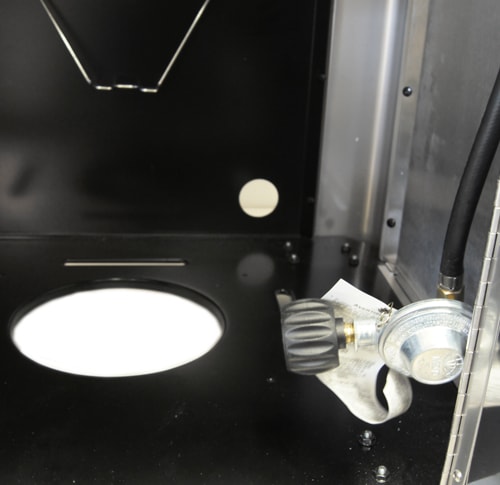
Lighter/Ignition
{{section_header}}{{section.name}}{{/section_header}}
There is no separate ignition control on this grill. Rather, the ignition is activated when you turn any of the control dials a quarter of the way around to start the flow of gas. We found that the ignition was reliable in our tests, and a combined control like this means that you are unlikely to start the flow of gas and forget to light the burner.
Cooking Area
{{section_header}}{{section.name}}{{/section_header}}
This grill has a very large cooking area. At 31 by 17.75 inches for a total of 550 square inches, it is the biggest we've seen so far. This certainly gives you plenty of room to cook on, but, as our performance tests show, there is more variation in temperature over this area than we like to see. The cooking grate is made of stainless steel and is in three sections, each of which can be removed individually.
Below the cooking grate are the burner covers that stop the grease falling into the burners. Again, these are easy to remove and clean if required. Above the cooking grate is a large rotisserie burner, which is 16 inches wide.


Warming Area
{{section_header}}{{section.name}}{{/section_header}}
Above the main cooking area is the warming rack, which measures 30 by 5.75 inches. This is big enough to hold a large amount of cooked food, or to warm a large number of buns. It is made of stainless steel in a single unit, but it is harder to remove than the main grate. However, you are less likely to need to remove this grate than the main one, so that is not a huge problem.

Other Areas
{{section_header}}{{section.name}}{{/section_header}}
On the left side of the main cooking area is a large area for food preparation. On the right side is a separate side burner, which uses a ceramic heating element instead of an open flame.


Cleanup
{{section_header}}{{section.name}}{{/section_header}}
We found no major issues cleaning up after a cookout, and the three parts of the main grilling area were easy to remove. There is a grease trap under the main grilling area which catches all of the falling grease. Some grills use a disposable foil tray, but this one is a metal tray that slides out of the back. This is easier to reach than a tray located under the grill, but we would recommend covering this in foil rather than having to scoop the grease out to clean the tray.
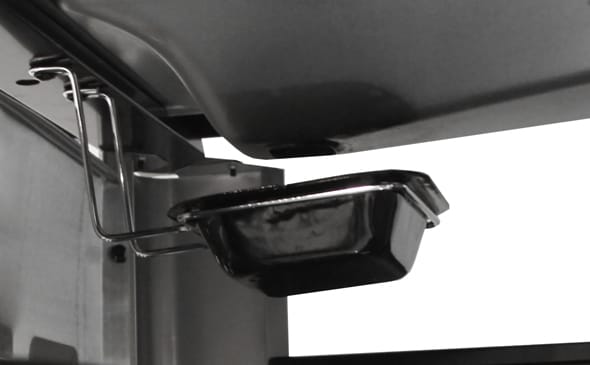
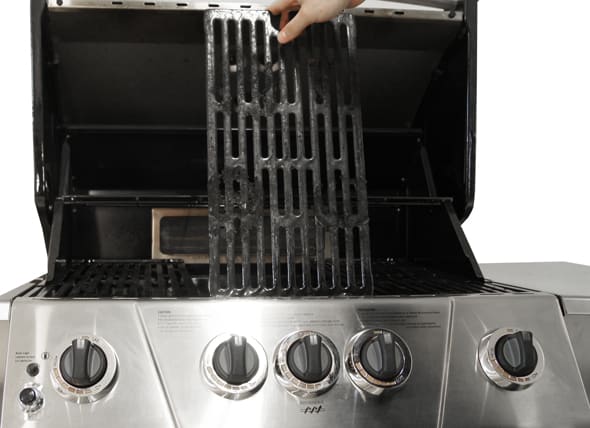
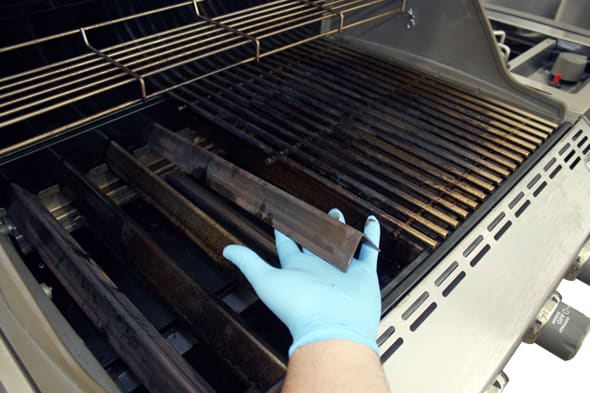
Other Features
{{section_header}}{{section.name}}{{/section_header}}
Rotisserie - This grill also offers a rotisserie burner, but there is no included rotisserie arm or drive motor.
Lights - There are two sets of lights on this grill. One is above the controls, and the other is over the main grilling area. For no obvious reason, the panel lights are battery powered, while the grilling lights are mains powered, so you have to have a mains power connection to use them. We would have preferred that they both shared the same power source to avoid confusion.
Bottle Opener - A bottle opener is on the right side so you can enjoy a cool drink while grilling.
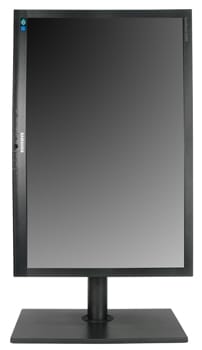
The LS24A850DW in portrait orientation

Comparison Overview
{{section_header}}{{section.name}}{{/section_header}}
The {{product.name}} costs about $900 less than the Vermont Castings grill, but you can see where the extra goes: the Kenmore feels flimsy beside the solidly built Vermont Castings model. We also found that the Vermont Castings grill was a much better performer than the Kenmore. However, the Kenmore is so much cheaper that most people will be happy to pocket the savings and live with a marginally inferior grill.
Comparison Overview
{{section_header}}{{section.name}}{{/section_header}}
The Kenmore and Char-Broil offer remarkably similar performance. Both are good grills, but have their own unique shortcomings. For instance, the Kenmore can be 100 degrees hotter in the back than the front, though its temperature doesn't fluctuate over time. The Char-Broil, on the other hand, has no hot spots but its overall temperature can sometimes get warmer and cooler as time goes on.
Comparison Overview
{{section_header}}{{section.name}}{{/section_header}}
Competing in the same price range, the Kenmore outperforms the Broil King on every measure except one: having a rotisserie included in the box. The Kenmore has better overall heating performance, consistent temperatures and a better build quality.
Performance
{{section_header}}{{section.name}}{{/section_header}}
Good overall performance, but we found some issues with food cooking at different speeds on the cooking grate, and varying temperatures.
Usability
{{section_header}}{{section.name}}{{/section_header}}
Offers a good selection of features, but this grill feels rather poorly constructed compared to other models.
Meet the tester
Richard Baguley is a veteran writer who has written about technology ranging from Alphabet to Zip file utilities. He has contributed to pretty much every major tech publication, including Amiga Format Magazine, PC World, Wired, CNET, Toms Guide, Forbes, and many others. He lives in the Boston metro area with his wife, dog, and an indeterminate number of cats.
Checking our work.
Our team is here to help you buy the best stuff and love what you own. Our writers, editors, and experts obsess over the products we cover to make sure you're confident and satisfied. Have a different opinion about something we recommend? Email us and we'll compare notes.
Shoot us an email